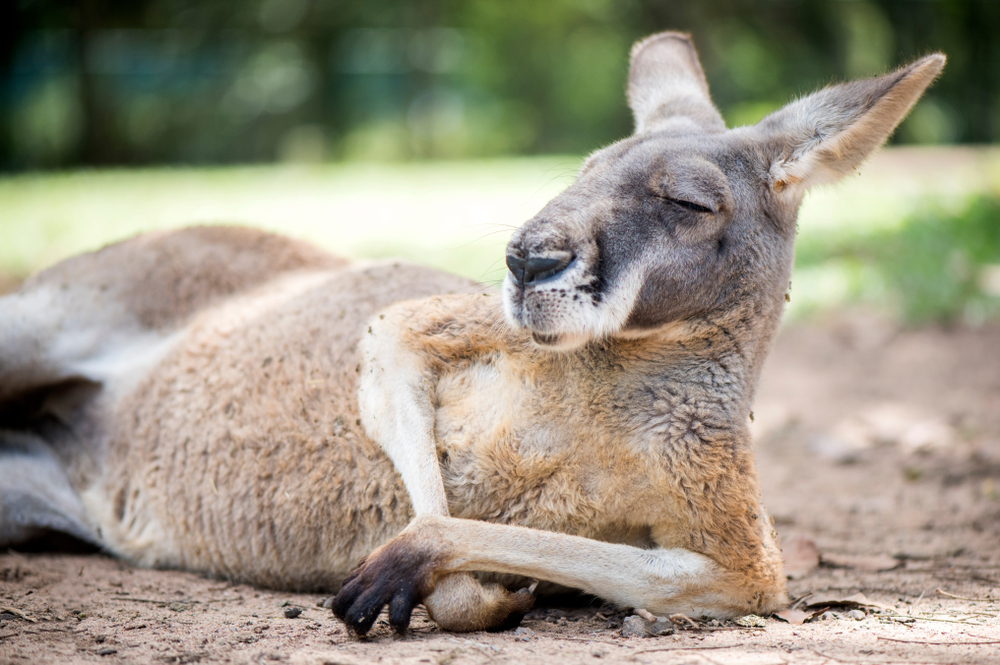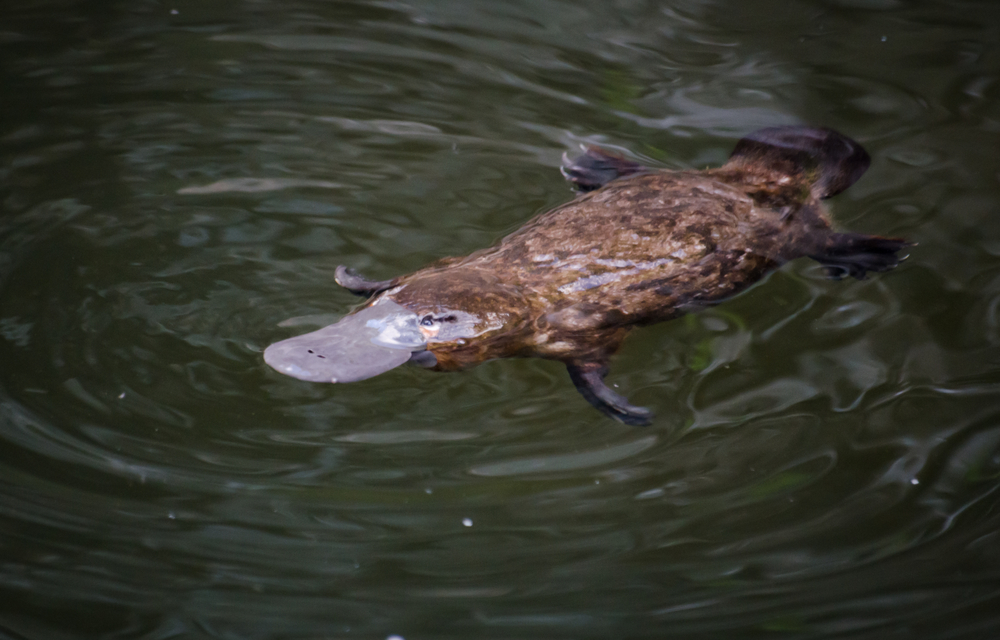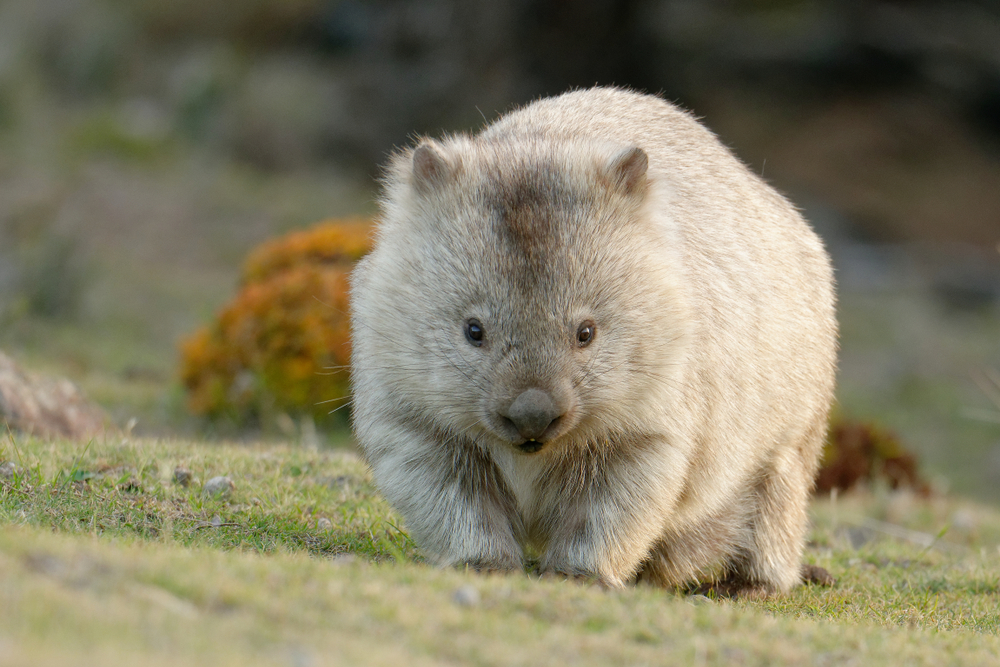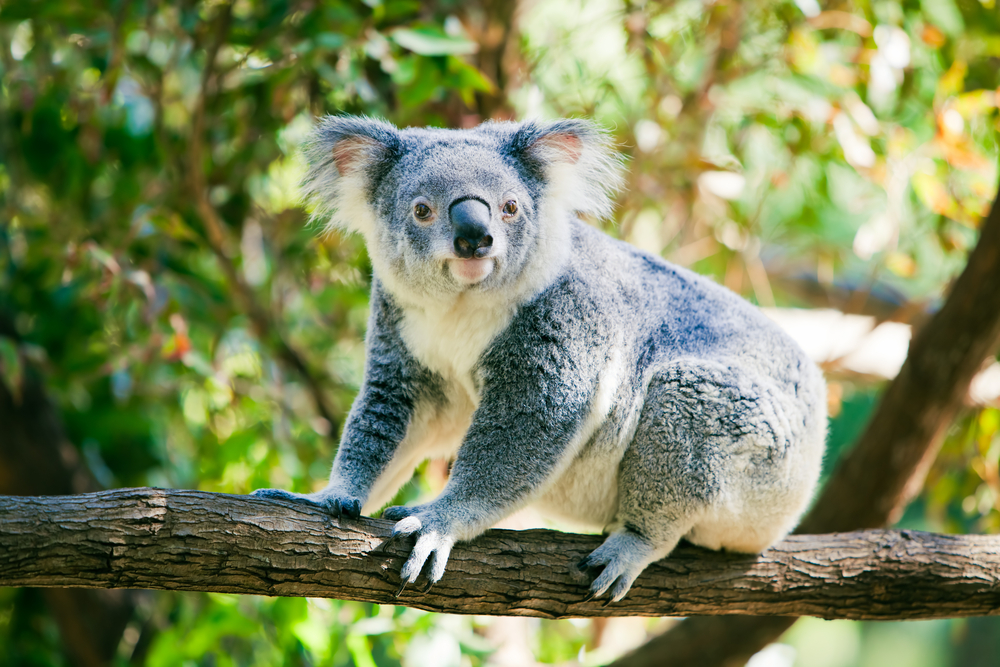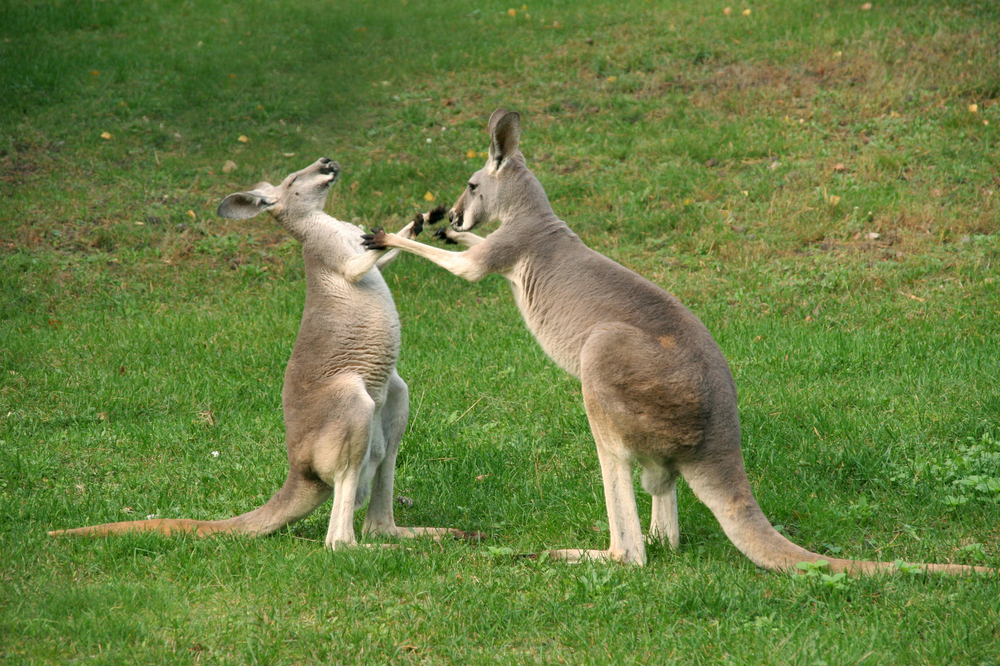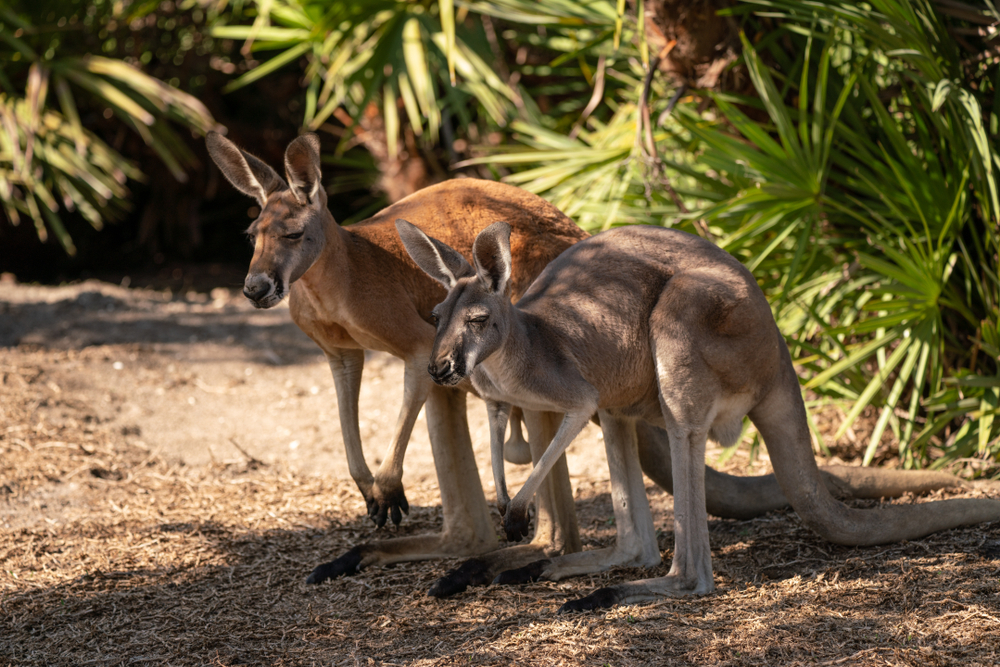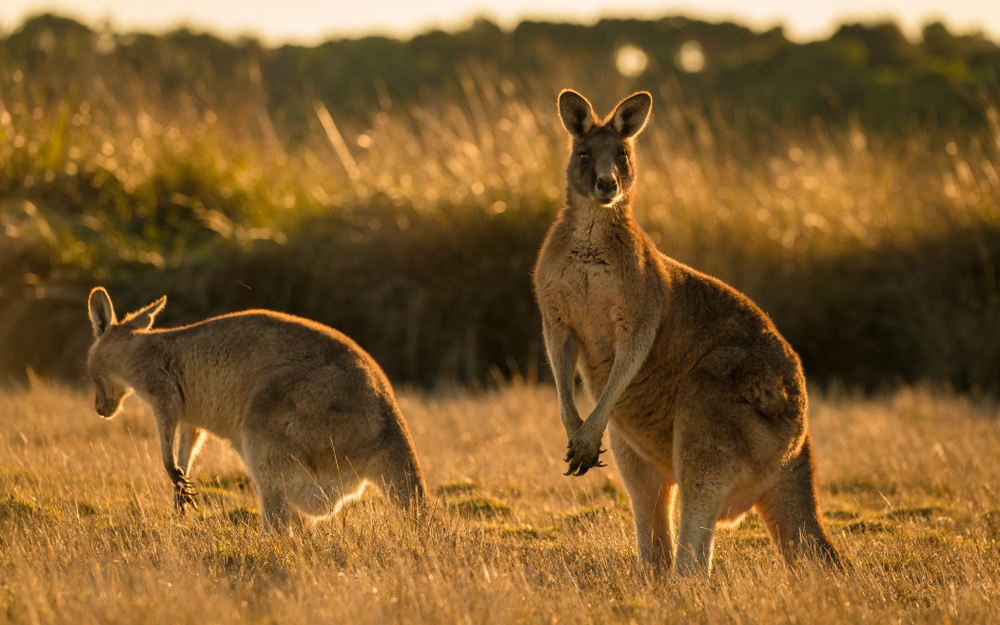About
#Herbivore
#Mammals
#Marsupial
The Kangaroo, an iconic symbol of Australia, is a marsupial from the family Macropodidae, which literally means ‘big foot. In the animal kingdom, kangaroos belong to the mammalian infraclass Marsupialia, characterized by the presence of a pouch in which females carry and nurture their young. This group also includes other animals like koalas, opossums, and wombats.
The Kangaroo is most renowned for its powerful hind legs and large feet, adapted for hopping with remarkable efficiency. This mode of locomotion makes them unique among large mammals and allows them to cover vast distances in the arid and open landscapes of Australia. They are also known for their long, muscular tails, which provide balance and support while moving.
There are several species of kangaroos, with the most commonly recognized being the Red Kangaroo (Macropus rufus), the Eastern Grey Kangaroo (Macropus giganteus), the Western Grey Kangaroo (Macropus fuliginosus), and the Antilopine Kangaroo (Macropus antilopinus). Each species varies in size, color, and habitat preferences, with the Red Kangaroo being the largest and most well-known.
Kangaroos are herbivores and primarily graze on grass and other vegetation. Their social structure typically involves small groups or “mobs,” which can range from a few individuals to a hundred. The kangaroo’s reproductive system is also notable, with females possessing the ability to delay birth of their embryo until environmental conditions are favorable.
As a vital part of Australia’s ecosystem and cultural identity, kangaroos hold a significant place in both Indigenous Australian culture and the national image. Their adaptability to diverse environments across the Australian continent highlights their evolutionary success.
Conservation Concerns
Kangaroos are not individually assessed for conservation status on the IUCN Red List. However, some species and populations face conservation challenges due to habitat loss, fragmentation, and human-wildlife conflicts. Land clearing for agriculture, urbanization, and infrastructure development has led to habitat degradation and fragmentation, reducing available habitat for kangaroos and disrupting their natural behaviors and migration patterns.
In some regions, kangaroos are also subject to hunting pressure and culling programs due to perceived threats to agricultural crops and grazing lands. However, sustainable management practices and conservation initiatives are being implemented to ensure the long-term survival of kangaroo populations.
Threatened:
Extinct
Critically Endangered
Endangered
Vulnerable
Near Threatened
Least Concern




































































